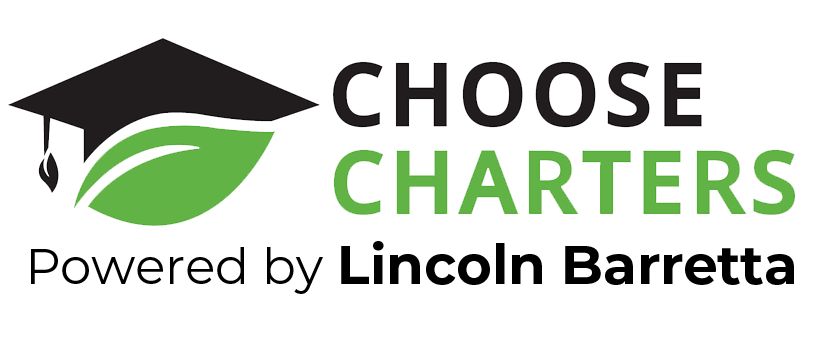Here’s a roadmap to guide you in presenting your budget plans for a smoother approval process:
1. Comprehensive Research and Preparation
Before you even step into the boardroom, know your numbers inside out. Compare your budget needs with past budgets, anticipated future expenses, and potential ROI. Demonstrating a thorough understanding of both your school’s financial past and potential future will instill confidence in the board.
2. Clearly Illustrate ROI
It’s not just about how much you’re asking for, but what the school and its students stand to gain. Clearly lay out the expected returns, be it in terms of improved facilities, enhanced programs, or potential enrollment increases. Tangible outcomes will always be more convincing than abstract numbers.
3. Personalize Your Presentation
Narratives are powerful. Share real stories about how the budget will impact individual students, teachers, and the community. Help board members see the faces behind the figures.
4. Anticipate and Address Concerns
The board will have questions- a lot of them. Predict potential queries and concerns, and come prepared with data-backed answers. This proactive approach shows your dedication and thoroughness.
5. Commit to Accountability
Make it clear that you’ll not just spend, but also monitor and report on the utilization of the budget. A promise of transparency and regular updates can be the assurance the board needs to give the green light.
An Example Script to Use:
“Good evening, esteemed board members. Today, I present our budget proposal, meticulously crafted to meet our school’s unique needs. We’ve identified key areas, like [specific programs or initiatives], that, with your support, can elevate our institution to new heights. By investing in these, we anticipate [specific outcomes, e.g., “a 15% increase in enrollment or improved student outcomes in specific programs”]. I understand the weight of this decision, and I’m here to provide clarity on any aspect of our proposal.”
The success of your budget proposal hinges not just on the numbers, but on how you present them. By following these steps and speaking to the board’s concerns, you stand a much higher chance of getting that crucial nod of approval. Remember, it’s a partnership, and your preparation and presentation can foster trust and collaboration for future budget meetings.
The Next Step
While these steps will set you on the path to influencing your board’s decisions, having the right partner in your corner can make all the difference. This is where Choose Charters comes in.
As charter school recruitment experts, we have a proven track record of success. We offer a budget-friendly option for automated digital enrollment and other proven strategies to boost enrollment. Partnering with us ensures that you’re not just getting another vendor but a dedicated team of experts passionate about your charter school’s success.
Don’t leave your enrollment figures to chance. Contact Choose Charters today and watch your enrollment figures soar! Our expertise is your success.





